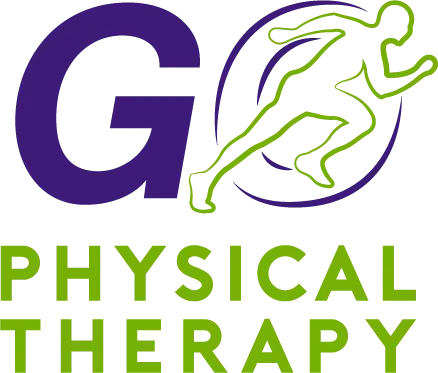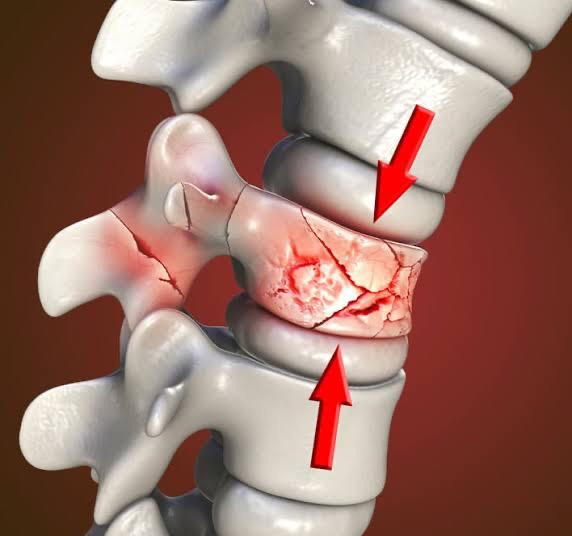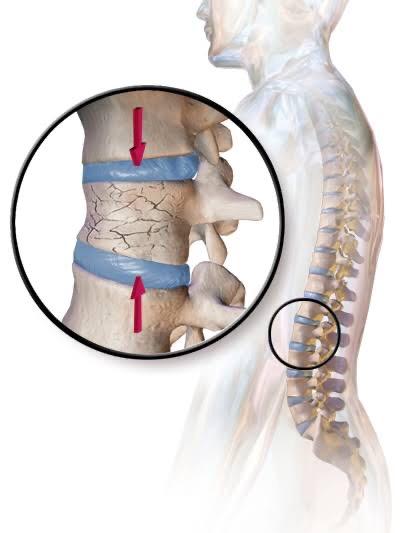
Benefits of Physical Therapy for Breast Cancer Survivors: Rehab, Strength & Mobility
Breast cancer treatment can be life-saving, but the journey often comes with physical challenges that affect strength, mobility, and overall quality of life. Many survivors experience side effects from surgery, chemotherapy, or radiation such as pain, stiffness, fatigue, and swelling.


